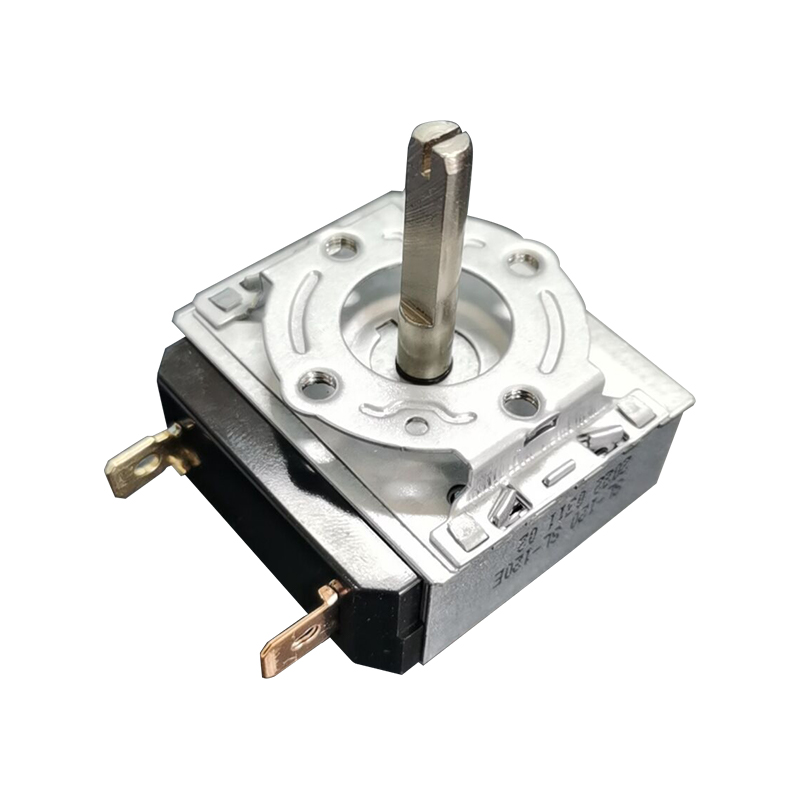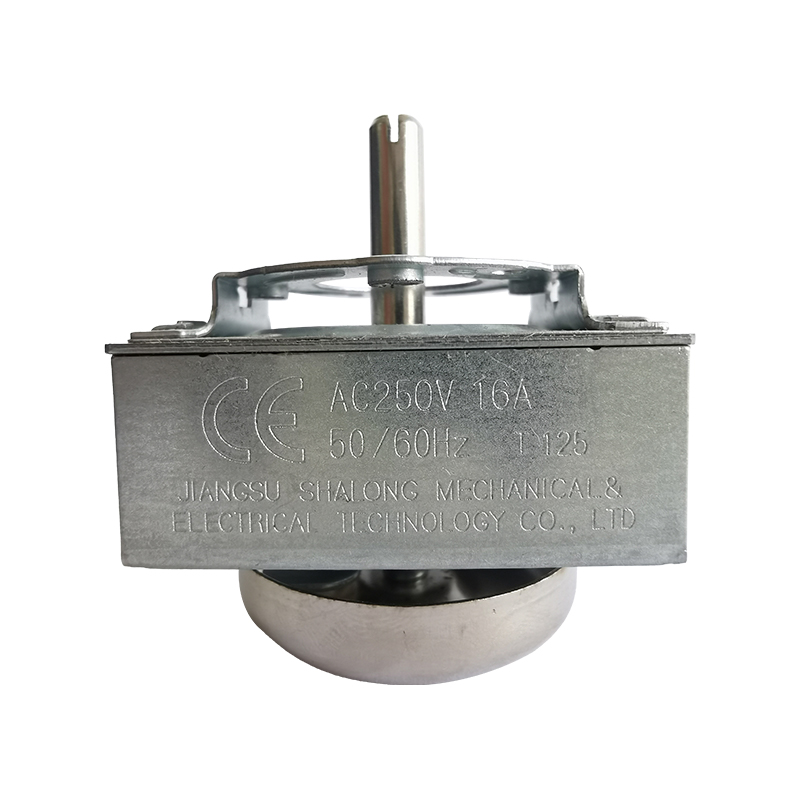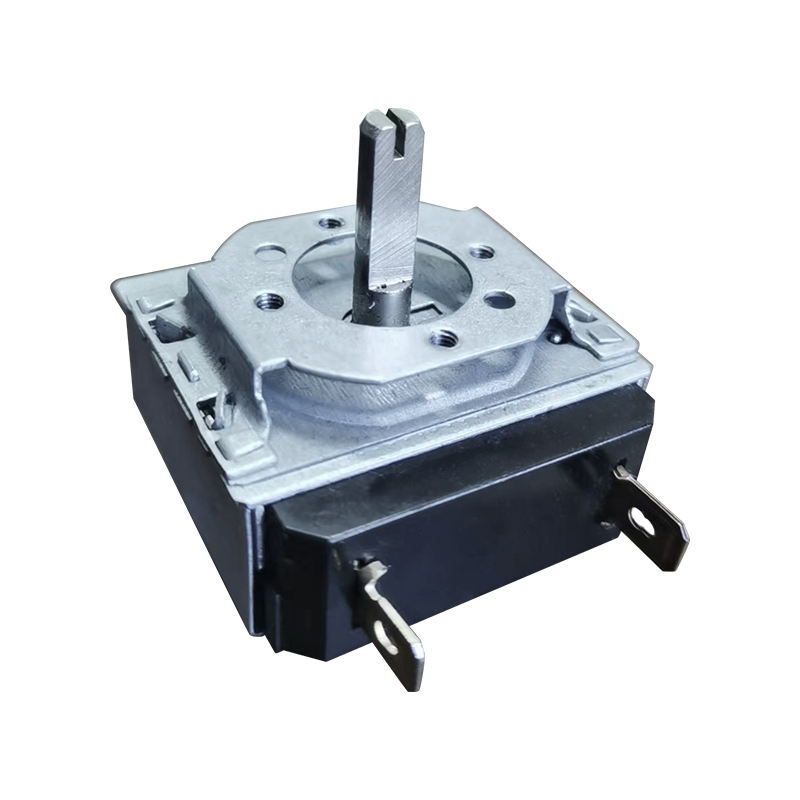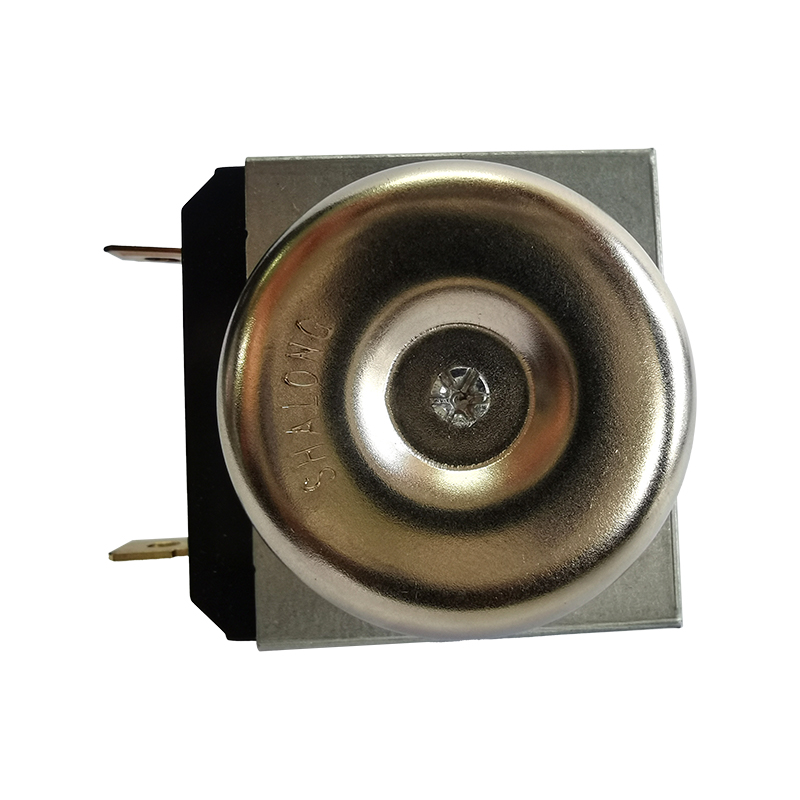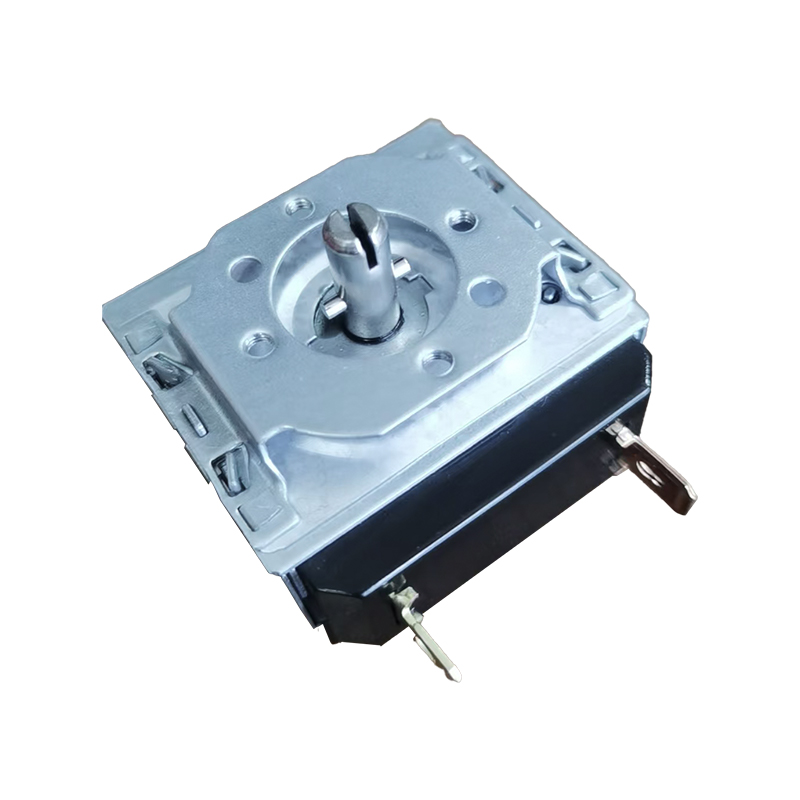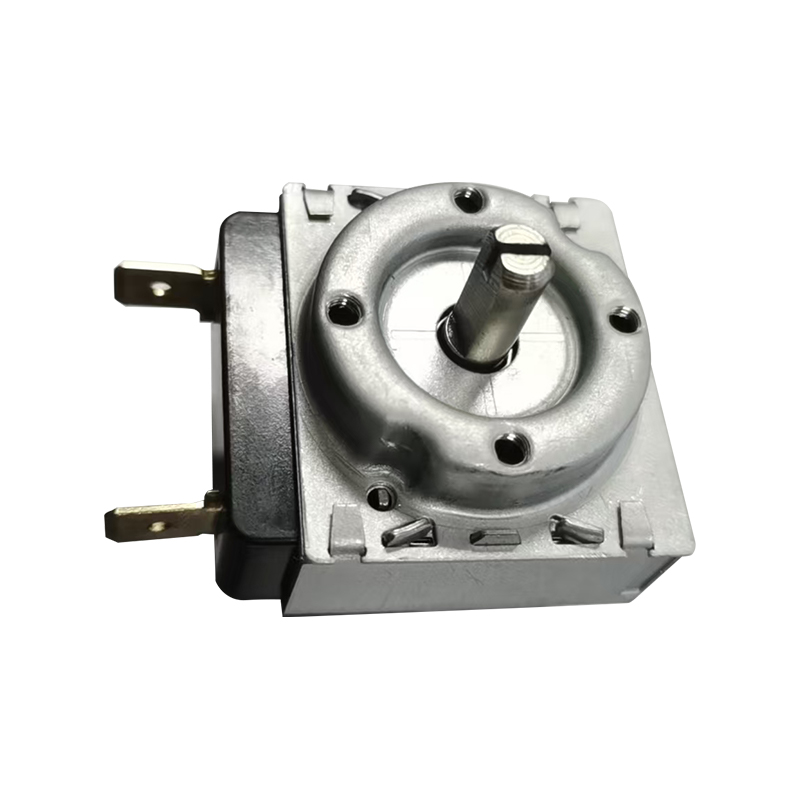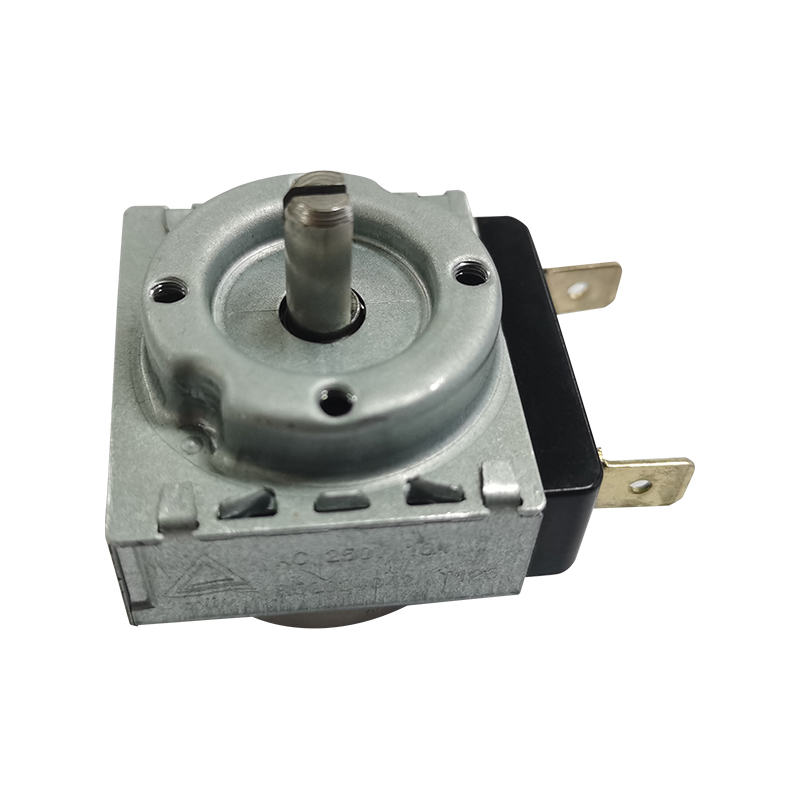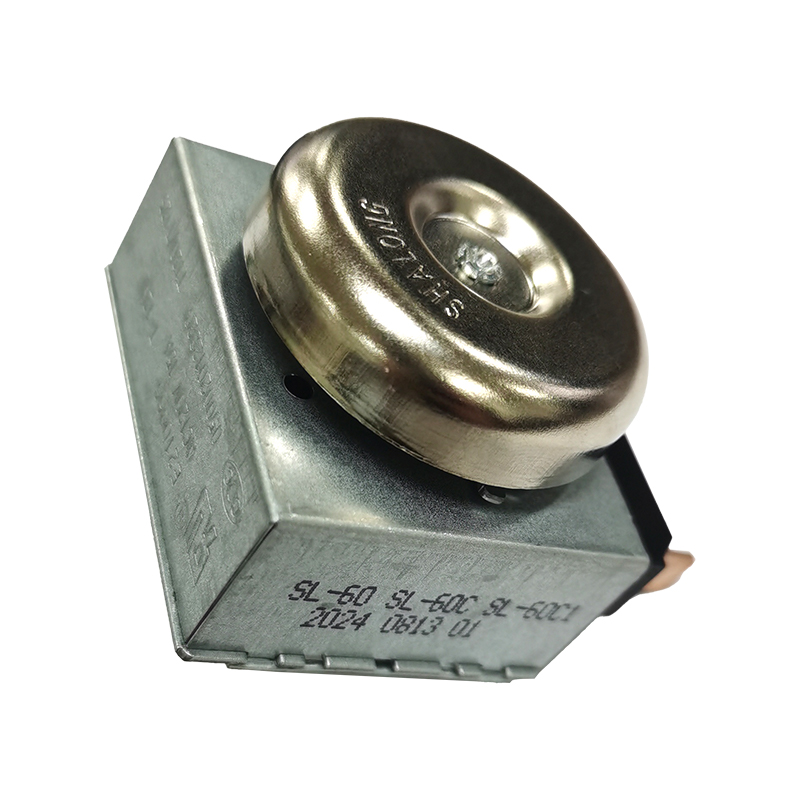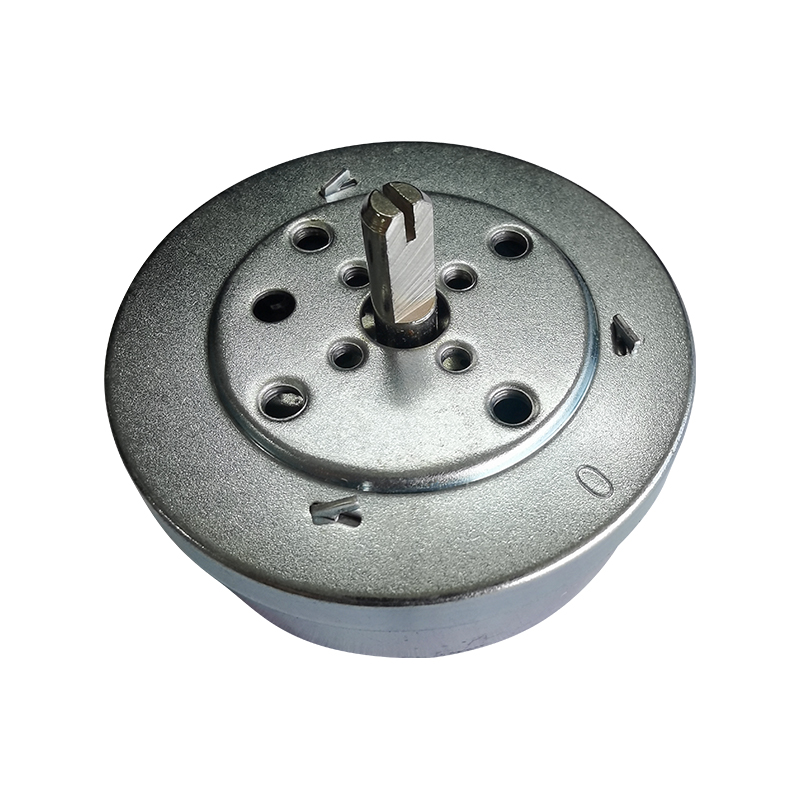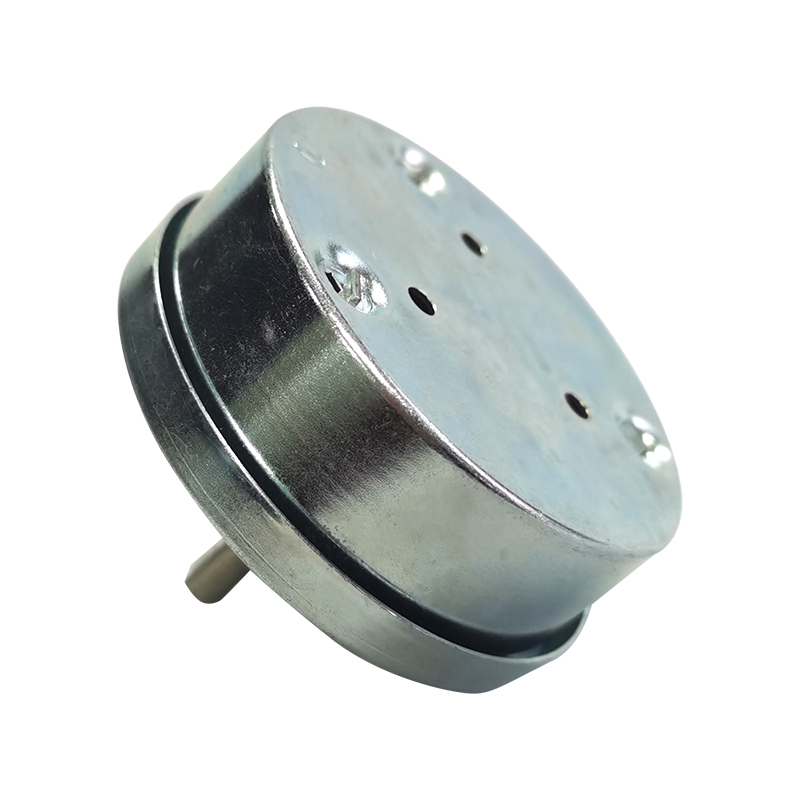A mechanical timer, also known as a spring-type timer, is a timing device that requires no batteries or power and relies entirely on its internal mechanism. It's simple to operate and durable, making it widely used in kitchens, laboratories, factories, and other environments where precise timing is required. Mastering the correct method for setting a mechanical timer can effectively improve work efficiency and avoid the hassles caused by inaccurate timing.
Basic Working Principle of a Mechanical Timer
A mechanical timer consists primarily of a spring, a set of gears, and a counterweight. When you turn the timer's knob, the spring tightens, driving the gears. As the spring recoils, the gears decelerate, keeping the hands moving at a constant speed. When the hands return to zero, an internal striking mechanism triggers, producing a crisp sound to indicate the end of the timer.
Key Steps in Setting a Mechanical Timer
Setting a mechanical timer is usually a simple process, but there are some tips to keep in mind to ensure accurate timing.
- Turn to the Full Scale: Before setting the desired time, be sure to turn the mechanical timer's knob clockwise to the full scale (usually 60 minutes). The purpose of this step is to fully tighten the internal spring to ensure the timer has sufficient power to operate fully, preventing interruptions or inaccuracies caused by slack in the spring.
- Rewinding to the Desired Time: After turning the knob to the maximum setting, turn it back counterclockwise to the desired time. For example, if you want to set the timer for 15 minutes, turn the knob back to the 15-minute position. The timer will begin ticking, indicating that it has started.
- Waiting for the Alarm: When the timer reaches zero and the hands return to the zero position, the mechanical timer will automatically sound an alarm to indicate that the timer has finished. The alarm usually lasts for a few seconds and is loud and clear, enough to catch your attention.

Everyday Uses of Mechanical Timers
Mechanical timers are versatile tools that can be applied in various scenarios:
- Cooking Timing: Whether baking a cake, simmering soup, or boiling eggs, a mechanical timer is an indispensable helper in the kitchen. It reminds you to keep the heat just right, preventing food from overheating or burning.
- Study and Work: When using the Pomodoro Technique, using a mechanical timer to manage work or study time can help you stay focused and plan your breaks.
- Beauty and Hairdressing: For precise time management tasks like applying facial masks and dyeing your hair, a mechanical timer can prevent damage to your skin or hair caused by prolonged use.
With these simple steps, you'll easily master the art of setting a mechanical timer and make this gadget even more useful in your daily life.



 English
English 中文简体
中文简体
